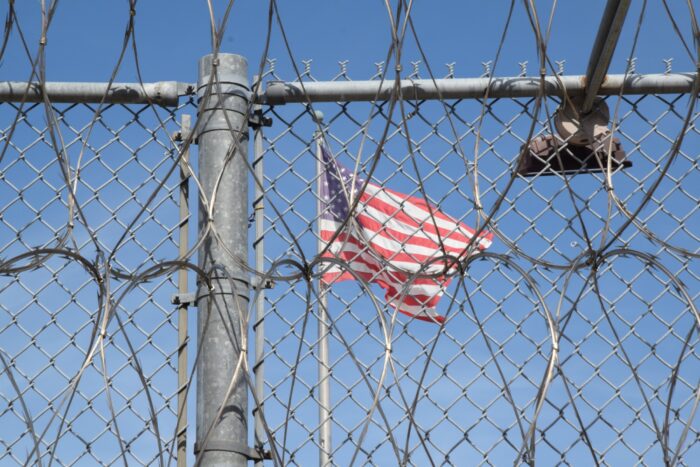The disparity between Indigenous and white incarceration in Washington has roughly doubled over the past decade.
By Grace Deng / washingtonstatestandard.com / October 17, 2023
Washington in recent years imprisoned Indigenous people at more than six times the rate of white people.
That’s according to U.S. Bureau of Justice Statistics data that the Prison Policy Initiative assembled and released last month. The 2021 figures posted by the advocacy group are the most recent information available.
Native peoples make up about 2% of the state’s population and 5% of the state prison population. While Washington state incarcerates fewer people than most states, it also incarcerates a higher rate of Indigenous people than much of the nation.
The disparity between Indigenous and white incarceration in Washington has roughly doubled over the past decade, based on statistics for 2010 that the Prison Policy Initiative released.
Over that time, the imprisoned share of both groups fell, but for white people the decline was steeper.
In 2010, the incarceration rate for white people in Washington was 437 per 100,000. For Indigenous people it was 1,427 per 100,000. By 2021, those figures dropped to 149 and 981 per 100,000, respectively.
Disparities exist among other racial groups, too: Black people in 2021 were incarcerated at 5.7 times the rate of white people, just under the national average. Hispanic people are incarcerated at 1.5 times the rate of white people.
The number of incarcerated Indigenous people may also be underreported, as data collected on “two or more races” is often considered a separate category.
Wanda Bertram, a spokesperson at the Prison Policy Initiative, said states with a higher population of Indigenous people often have higher Indigenous incarceration rates — but Washington’s rate is still considerably higher than the national average.
Bertram said the disparity can be linked to disproportionate rates of poverty among Washington’s Indigenous peoples and over-policing of Indigenous communities.
“It has to do with centuries of dispossession and disinvestment in their communities,” Bertram said.
According to a 2022 budget request from the state Office of Financial Management, 48% of the state’s Indigenous population experiences poverty. Nationwide, 25% of Native Americans experience poverty.
Bertram also pointed to a growing number of jails on tribal land as a lesser factor contributing to the high rates of Indigenous incarceration across the country.
Increasing public benefits, offering affordable housing and providing social programs that are alternatives to incarceration could reduce the racial disparity in Washington’s jails, according to Bertram.
FEATURED IMAGE: (Photo by Brian Lyman)



